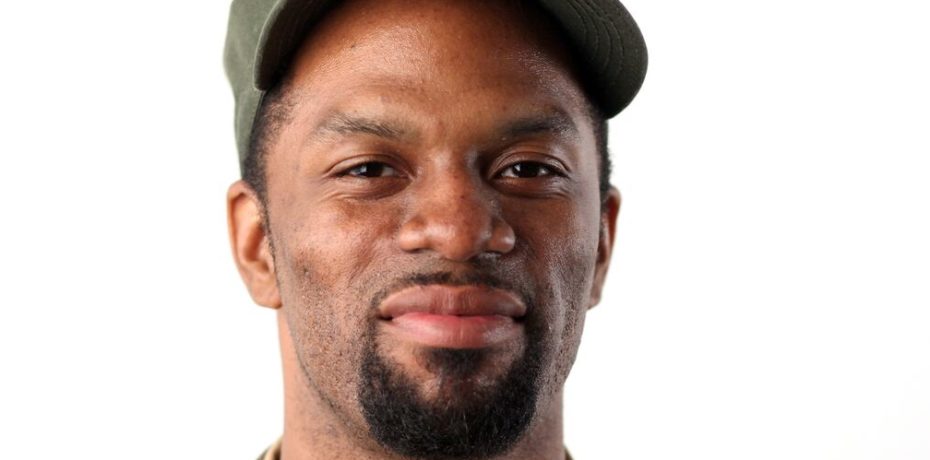By Duron Chavis
Defining community is easy. Building community is hard work. It can be a beautiful struggle.
Greater Richmond is historical. Creative. And a river runs through it. As majestic as it is, however, there is still work to be done. And we’re doing it.
On a recent Wednesday night, in the home of a Southside resident, a group of citizens gathered to discuss forward momentum. On the heels of the sesquicentennial celebration, the success of the movie Lincoln, the impending World Cycling Championship, we discussed how we could continue to do better.
Most importantly, as the region’s brand develops, what can we do to make sure it is inclusive of everyone? The city, for example, is predominately African American and the majority of its poor are as well. The 2012 Mayor’s Anti-Poverty Commission Report indicates that the 25 percent of the city resides in poverty. Virginia Center for Inclusive Communities spent 2012 campaigning to raise awareness of the city’s poverty issues with more than 60 workshops held over the course of the year. When attempting to rebrand our region, we can’t gloss over these facts.
While we don’t always agree, we respect our differences in opinion. During the recent Wednesday night gathering, we talked about the importance of individual accountability in the context of collective community growth. We debated the pros and cons of collaboration and cooperation while highlighting the courage it takes to blaze new trails on one’s own. We spoke on the financial pressures to conform to mainstream standards that we ourselves don’t value. We contemplated how change happens from the bottom up and not the top down.
As the conversation bubbled, I thought to myself – this is what needs to continue to happen in Greater Richmond. We need to keep talking and sharing ideas. We don’t have to agree on everything, but we need to have dialogue that is reflective and charged with an impetus to create change.
A common theme heard now across the region is: “Richmond has become the city we always dreamed it could be.” The challenge, however, is in our definition of “we.” Could it be that the definition of we being used does not always take into consideration that almost a quarter of the population still lives in poverty? How can the region be more inclusive across lines of race and class? Does everyone have equal access to resources? Does everyone have an opportunity to speak and have his or her voices heard?
These were the thoughts on my mind while recently sitting with several Richmond visionaries that Wednesday night. We talked about our work, what led us to it, and how we could help each other grow in our purpose. We had come together because we wanted to make Greater Richmond better. Each one of us having actively contributed to the culture of the region in our own way; we were representatives of the community. Our commonality was the personal fulfillment we get from being true to ourselves and our goal was to work together to help lift Richmond higher.
The legacies of slavery, Jim Crow, and massive resistance are heavy burdens that Greater Richmond must carry. They are many of the reasons we seek to rebrand ourselves. We can create a solution for a better Greater Richmond without using an exclusionary frame of mind. We have to be intentional about who is at the table when we work to build that future, ensuring that it isn’t only people who look like us or are from our socio-economic demographic. We can be sincere about solving disparities of wealth and health. We can intentionally create a just future. This is our beautiful struggle.

